Let’s talk about high frequency words and sight words.
I’m sharing this blog and video series to help you understand the similarities and differences between some terms or strategies we use in the field of literacy and apply this knowledge to your teaching.
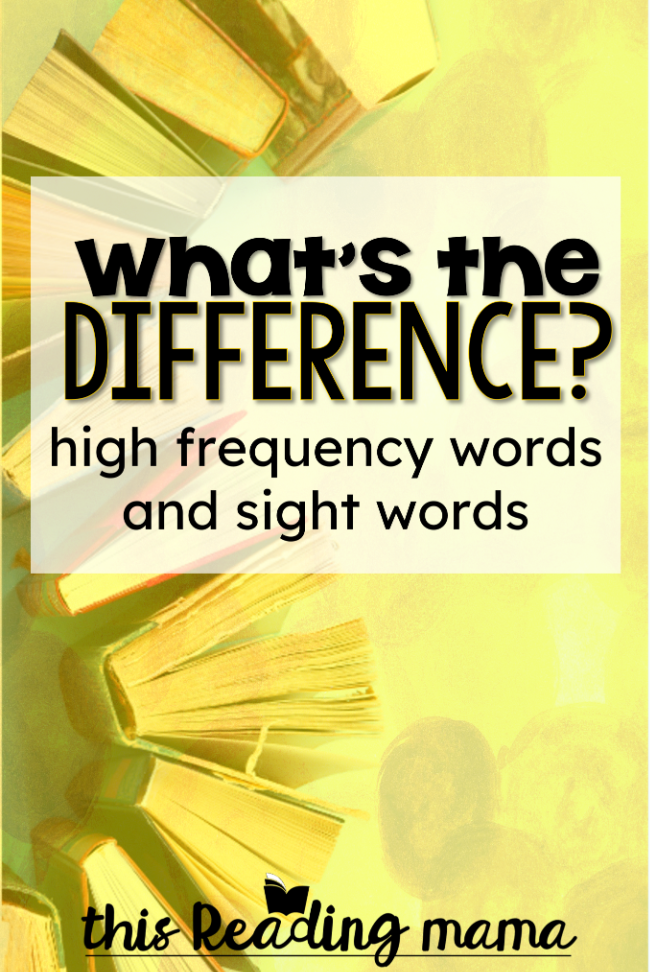
The text in this blog post is the text from my video.
Watch the full video on my YouTube channel.
What are High Frequency Words?
As the name suggests, high frequency words are words that appear frequently in texts, like books, or articles that we read.
Some example high frequency words are: the, of, and, to, is and was among others. These words are commonly seen in the texts we read, and in fact, they are so common, word lists have been created based on their frequency.
Two of the most widely known high frequency word lists are Fry’s list and the Dolch list. To show you how frequent these words are, Fry’s first 100 words alone make up over 50% of what we read! That’s A LOT of words!
Case in point: Look at the sentence I just wrote/spoke about Fry’s list of words: “Fry’s first 100 words alone make up over 50% of what we read!”
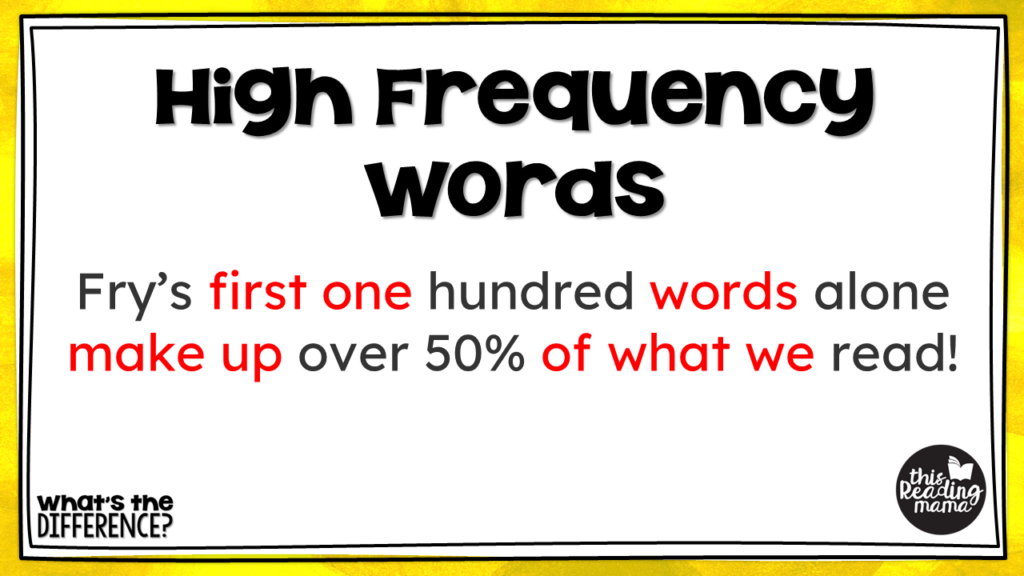
The red words indicate high frequency words that are on Fry’s first 100 word list. Because there are 13 actual words in this sentence and 8 of them are on Fry’s list, these high frequency words make up over 50% of the sentence!
What are Sight Words?
Sight words, on the other hand, are words that a reader knows automatically (or by sight).
The difference is made a little muddier because the term “sight word” is often used to mean “high frequency word.”
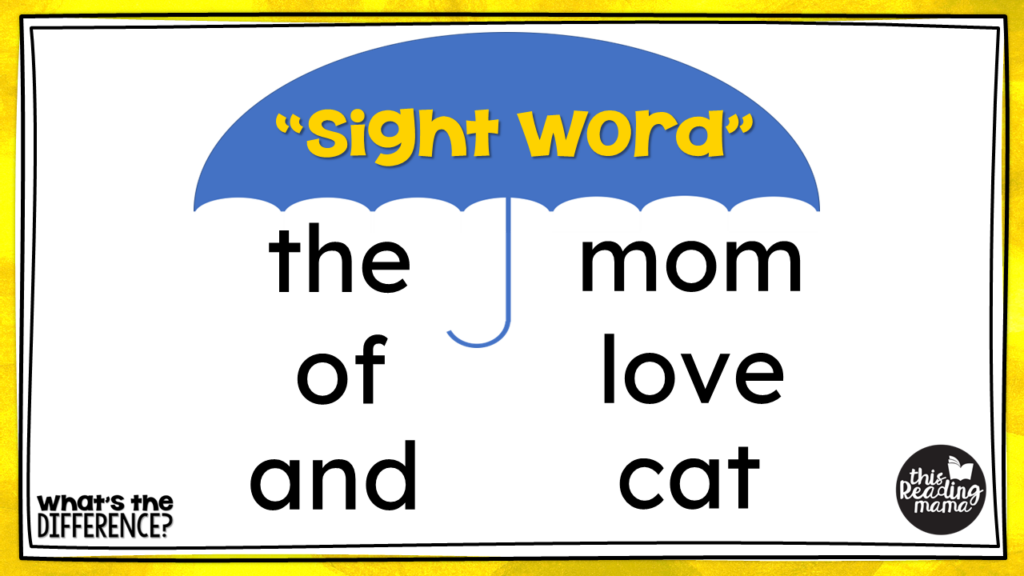
I see the term “sight word” as more of an umbrella term, which includes high frequency words, but it can also include words like mom, love, cat, or even the learner’s own name.
The idea is that learners have seen or interacted with a word repeatedly and now, it’s in their long-term memory.
They no longer need to sound it out or figure it out when they see it. It’s automatic. And this leads to two common misconceptions about sight words.
Two Misconceptions about Sight Words
1. Sight words can’t be sounded out.
I once incorrectly believed this, too. But a quick look at high frequency words (also sometimes called “sight words”) such as:
- it
- can
- and
- am
- in
- at
shows that many of them can be sounded out. Learners can use their phonics knowledge to figure out these words.
This first misconception can lead to a second one.
2. Sight words should be taught as whole words.
I can understand why this might be tempting to think. After all, sight words are known automatically. Our students must have learned or memorized them as whole words, right? Well, not quite.
Believe it or not nearly every single sight word and high frequency word can be taught through the lens of phonics instruction.
So, the ultimate goal for our learners is that high frequency words, those commonly used words that readers come to often when they read, become sight words. We want these words to be stored in long-term memory so they become automatic.
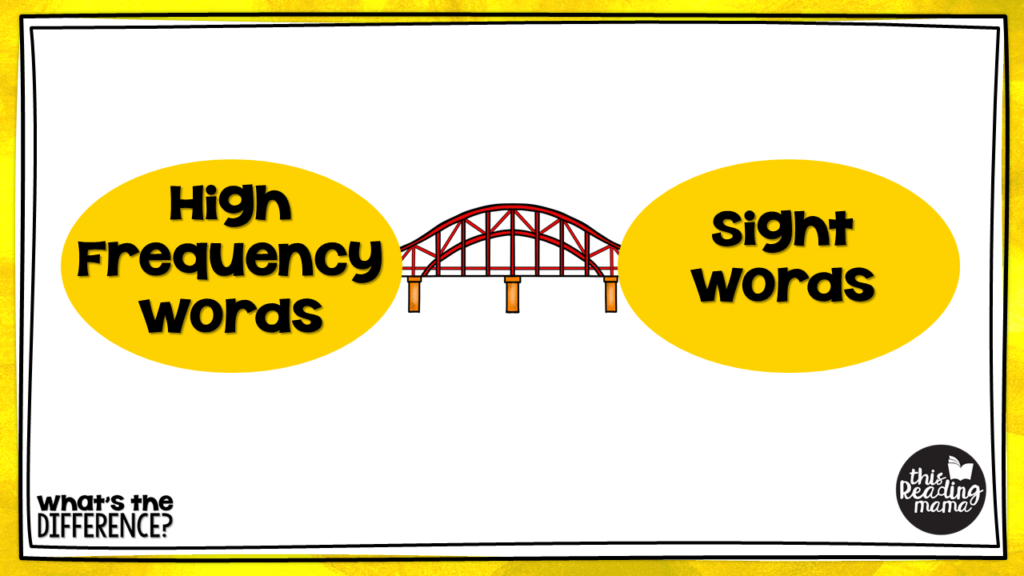
How exactly do we do this? What’s the bridge? That will be the subject of our next video in this series, memorizing vs. mapping, so stay tuned.
In the meantime, you can find loads of helpful resources about teaching sight words {aka high frequency words} on my blog. Click on any of these images to find the resources:
Enjoy teaching!
~Becky
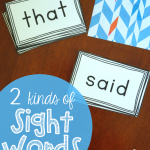
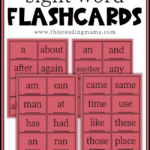
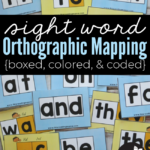
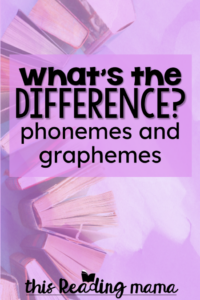
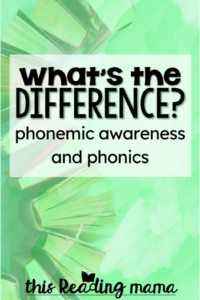
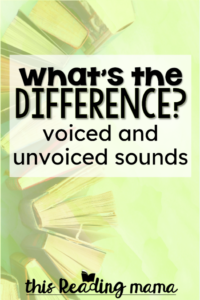
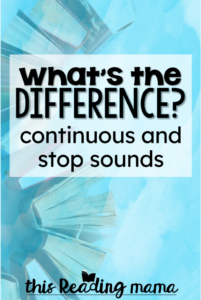
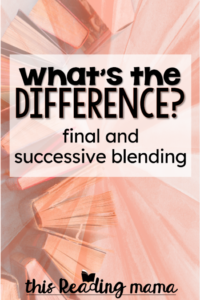
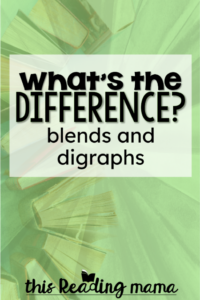
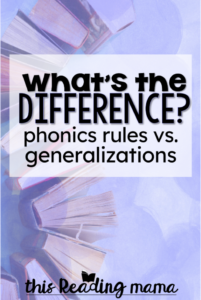
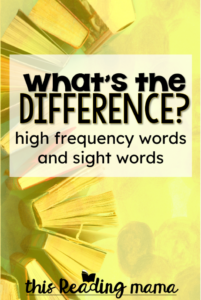
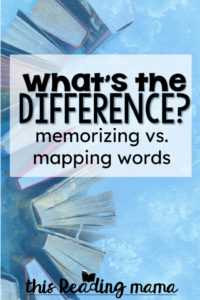
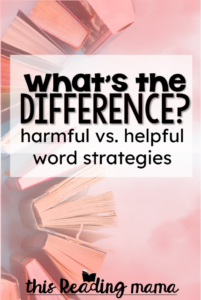
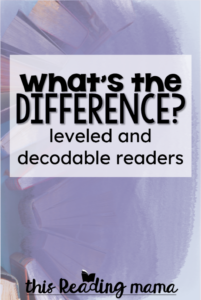

That is a really helpful distinction. I really appreciate your definitions. I only learned recently that very few of those words don’t follow any rules and those weird words can often be explained if you do a little bit of linguistical digging in history.
100% agree!
Fantastic Information in this blog thanks for sharing this
Wonderful information! Thank you